
A week later, two men turned up at Lahaut's door in Belgium's coal and steel heartland and shot him four times with a Colt 45 revolver at point blank range. The killers sped away by car into the gathering darkness and were never caught.
If ever a murder had the hallmarks of a political assassination, the August 1950 slaying was it. But, who was behind it? And why? It's a murder mystery swallowed up in the fog of Cold War politics. Now, 62 years later, the Belgian government has approved fresh funds to solve the crime, convinced the moral implications echo down to this day.
The probe is part of a historical reckoning in which Belgium is revisiting several buried crimes, citing a "duty to remember." They include the involvement of authorities in the persecution of Jews during the Nazi era and government links to the assassination of Congolese prime minister Patrice Lumumba in 1961.
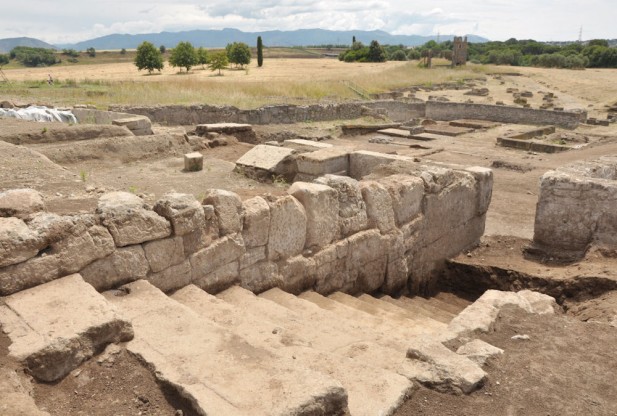

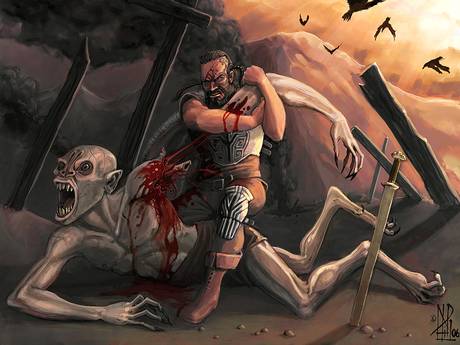
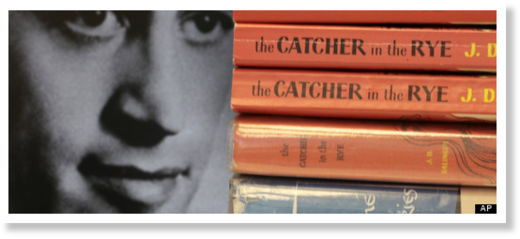
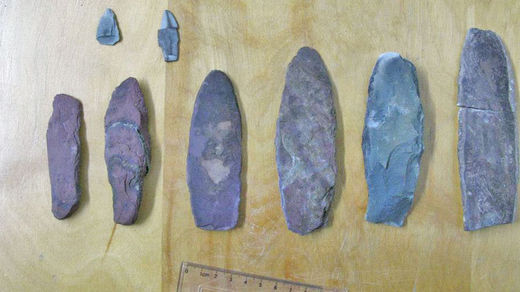
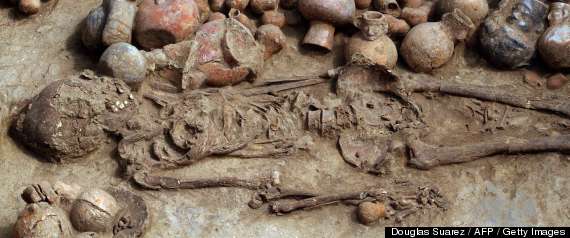






Comment: Operation Gladio: State-Sponsored Terror [VIDEO]